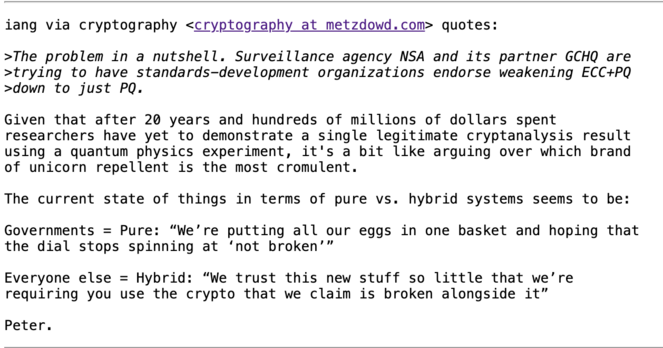2025-12-09 21:03:36
The Trump regime in a nutshell: «There are no fundamental values at work here beyond “we have power, and we’re going to abuse it to silence anyone who stands in our way.”»
https://www.techdirt.com/2025/12/08/your-job-was-stopping-csam-trump-says-no…



